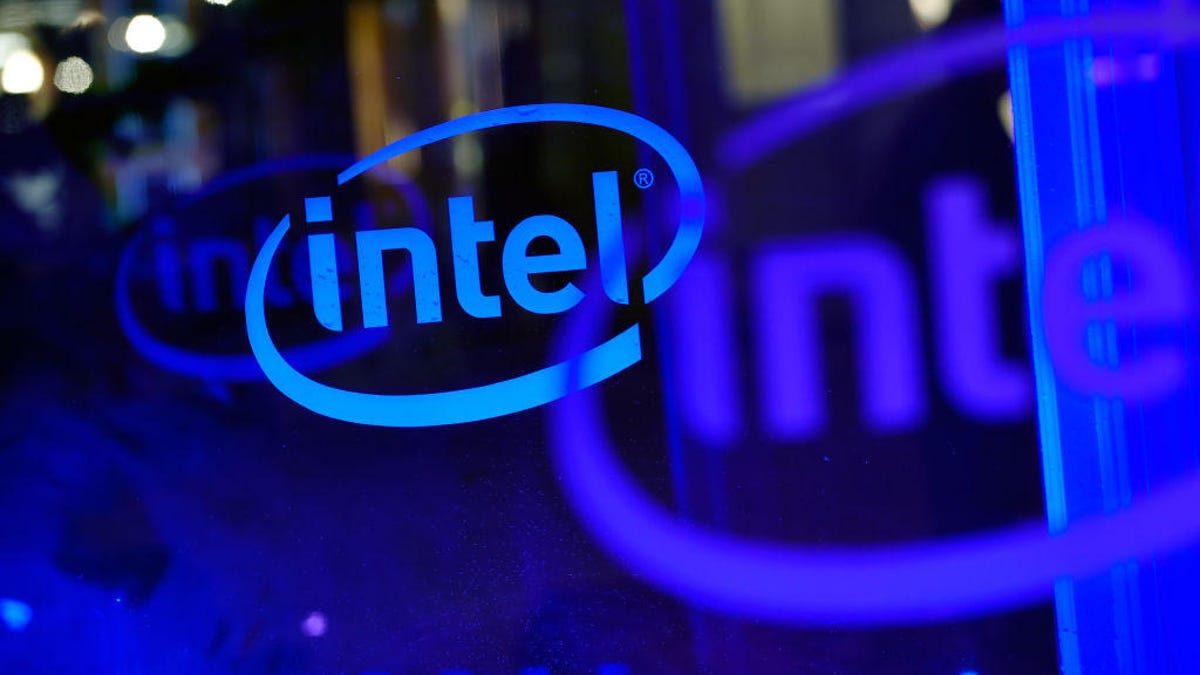Intel closing in on major workforce diversity milestone
The chipmaker is near full representation, but its latest diversity report shows that's not the end goal.

Intel has a new diversity report out.
This might just be the year for Intel reaches full representation.
By the end of 2018, the company expects the makeup of its workforce to match the percentage of women and minorities in the US tech industry, two years earlier than its original goal of 2020 announced in 2015.
"If we're trying to create products for the future, the population of that future has to be represented today," said Barbara Whye, Intel's vice president and director of business HR for CISA and chief diversity and inclusion officer.
The idea of chasing representation refers to using the market availability, or how many skilled people are in the labor market for certain job categories, as a hiring goal.
But while Intel might be in the homestretch for achieving representation, the company's latest diversity report, out Tuesday, shows the work toward diversifying won't end with a certain percentage point. And for now, progress is moving less than a percentage point at a time.
Like many companies in tech, including Google, Facebook and Apple, Intel makes its demographics public. Only, it does so twice a year, instead of annually. Since about 2014, this industry data has given us evidence to substantiate the sneaking feeling that tech is dominated by white men.
The 50-year-old company has taken an aggressive stance at diversifying its workforce, starting with CEO Brian Krzanich's $300 million pledge toward diversity efforts back in 2015. Intel's tried not only to figure out how to attract diverse hires, but keep them and promote them over time.
One metric Intel uses, not commonly found in other companies' diversity reports, is the gap to reaching representation. Intel frames it like this: in 2015, it would take 2,300 employees to close the gap. In 2018, that number is down to 376.
Closing the gap isn't as easy as holding a job fair. This year's report notes that black employees account for 85 percent of the remaining gap to full representation.
Overall, the percentage of black employees in the US rose in 2017 from the previous year to 3.9 percent from 3.7 percent. The percentage of Hispanic employees increased to 8.7 percent from 8.2 percent. The number of women also rose to 26.5 percent from 25.7 percent. Native Americans saw the smallest gain, coming it at 0.7 percent, up from 0.6 percent. The percentage of men who don't fall into any of these groups dropped to 62.5 percent from 64.9 percent.
Whye said it's not necessarily a matter of things getting harder the closer Intel gets to reaching representation, but it's a nod to the importance of sustaining momentum.
One tack Intel's taken toward retention is its WarmLine, which is an online hotline, for lack of a better phrase, that provides help or resources to any employee experiencing an issue at work. The WarmLine has received more than 10,000 cases and has a 90 percent retention rate of those who use it.
And in terms of representation at some of the highest levels of the company, Intel also added Risa Lavizzo-Mourey to its board of directors in March.
When Intel reaches representation, that doesn't mean everyone can pack it up and go home. Representation for women and minorities within the industry is low in and of itself. The next step is going beyond that.
"Intel should look like the population," Whye said. "We want our daughters and granddaughters to have equal access to tech and enjoy and thrive in tech as we have."
Solving for XX: The industry seeks to overcome outdated ideas about "women in tech."
Special Reports: CNET's in-depth features in one place.

